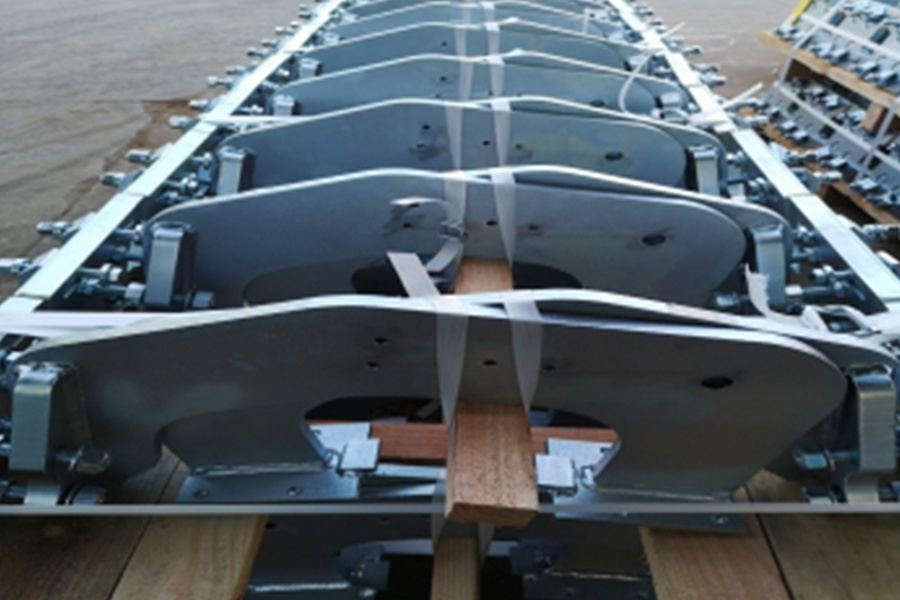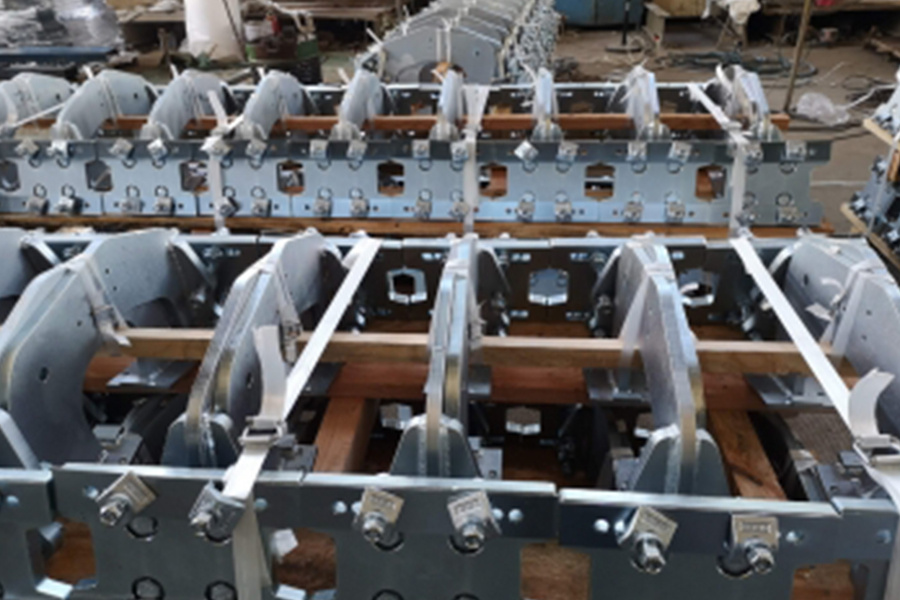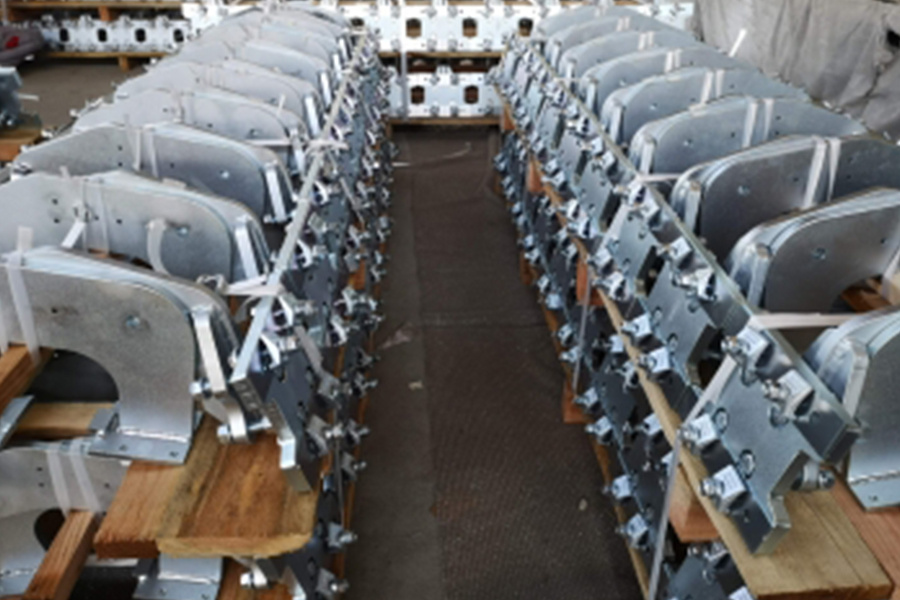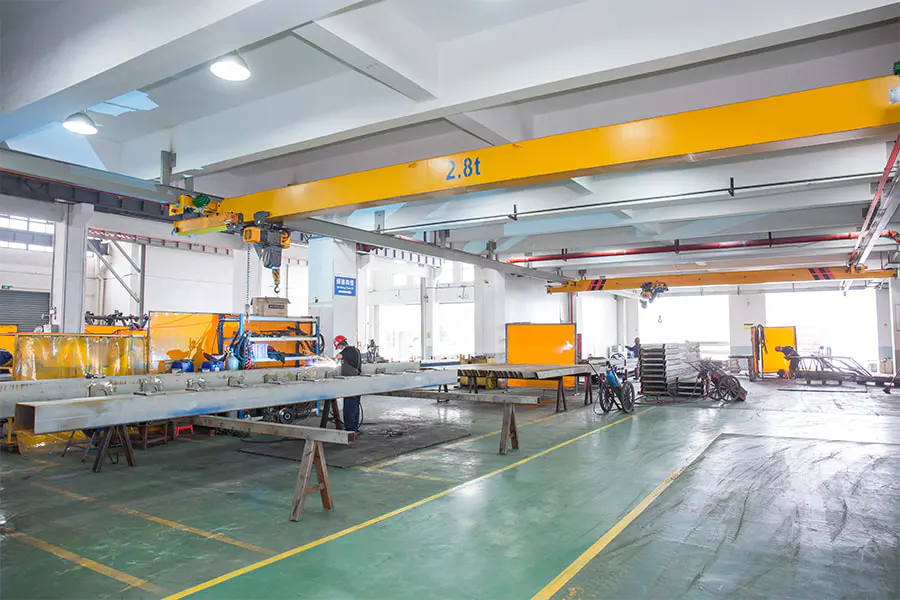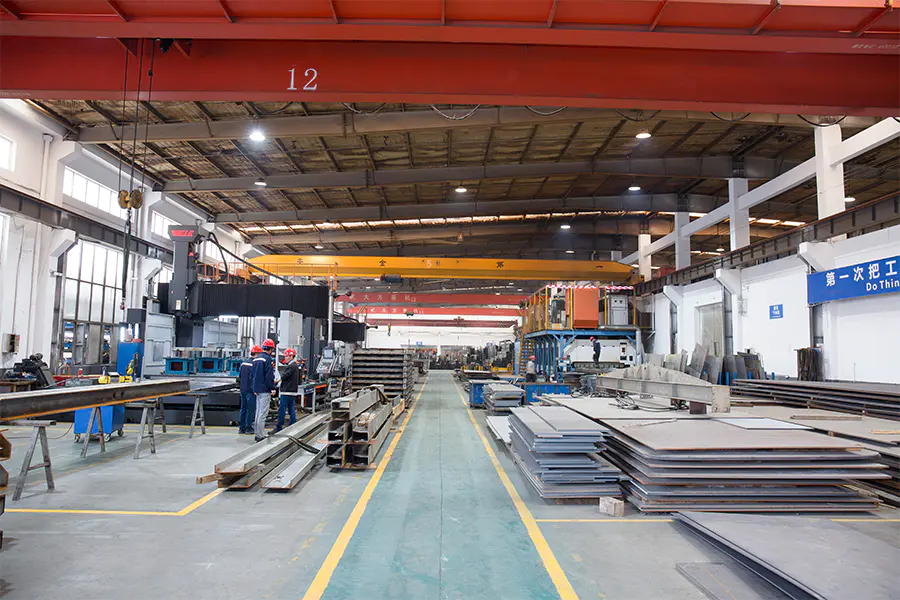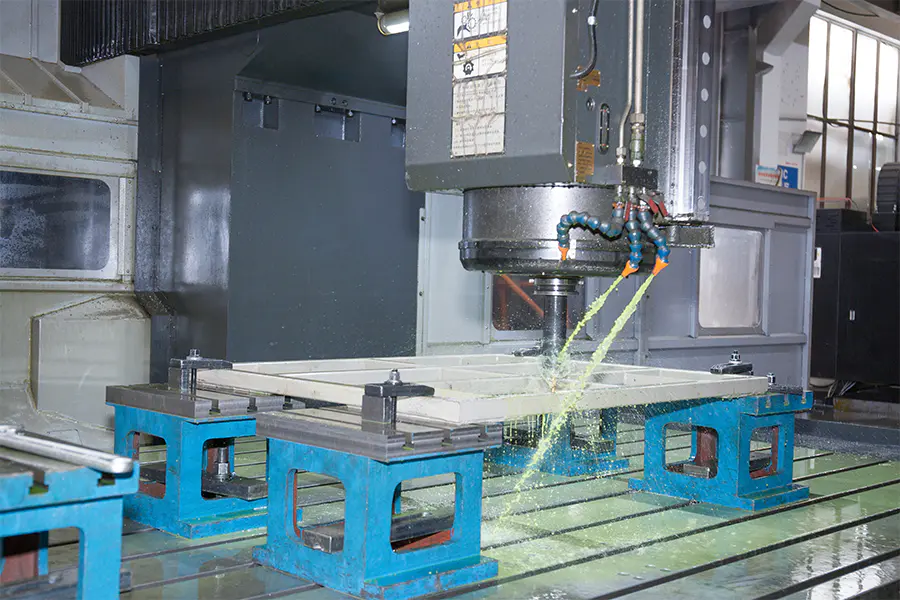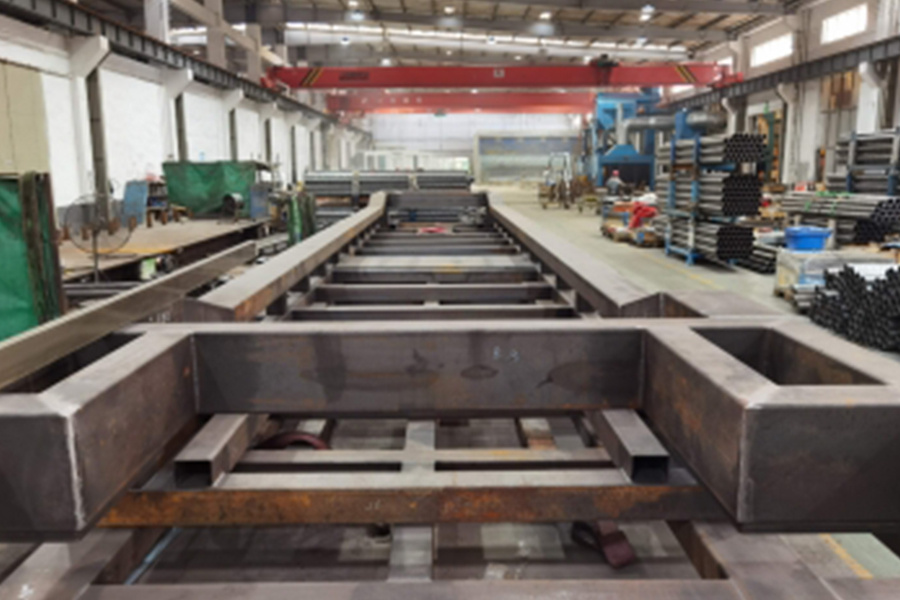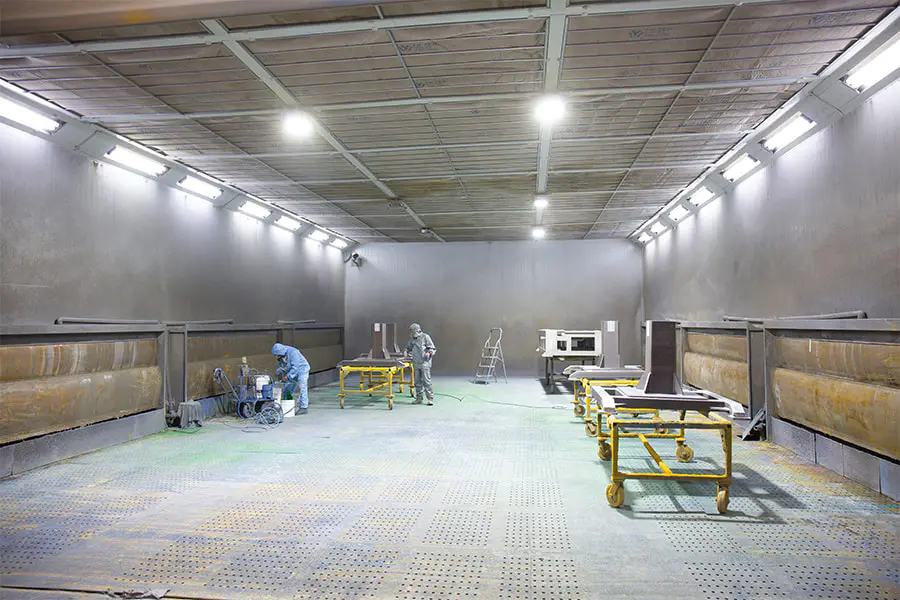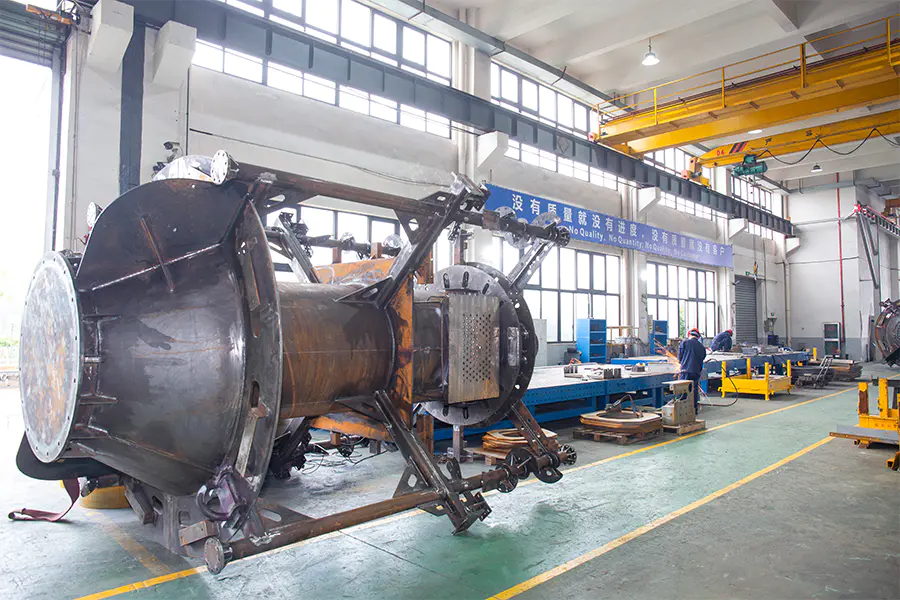Can the structural solutions of new energy equipment promote a green future?
In the context of the global active promotion of carbon neutrality goals, "new energy equipment" is becoming an important support for the energy strategies of various countries. Whether it is solar energy, wind energy or energy storage systems, higher technical and durability requirements are put forward for their supporting structures. So, as the key to ensuring the efficient and safe operation of these equipment, can the structural solutions of new energy equipment really promote the realization of a green future?
What is the core role of the structure of new energy equipment?
As the "skeleton" of new energy equipment, the functions of structural components are not limited to load-bearing and support. For equipment such as wind power towers, solar photovoltaic brackets, and energy storage cabins, the optimized design of the structure determines whether the equipment can operate stably and for a long time in a complex environment.
For example, in a wind power system, the tower not only needs to withstand wind loads and mechanical vibrations, but also ensure the rationality of cable wiring and the convenience of maintenance; solar brackets need to remain corrosion-free and non-deformed for many years in heavy rain, strong winds, and strong ultraviolet environments. The cabin of the energy storage equipment must also have multiple safety attributes such as fire resistance, waterproofness, and explosion-proof.
Therefore, a high-performance structural system must have:
High-strength materials
Precise structural design
Anti-corrosion technology that can adapt to various geographical environments
Engineering integration that is easy to install and maintain
How does structural design match different new energy application scenarios?
Different new energy systems have diverse requirements for structural design, which requires companies to have "customized" design and manufacturing capabilities. For example:
Photovoltaic power generation system
The bracket of photovoltaic modules must be lightweight, modular and quick to install, and can be designed and adjusted according to the geological and climatic conditions of the project site (such as fixed and tracking structures).
Wind power generation system
The tower structure is high and has strong load-bearing pressure, which places extremely high demands on the stability and wind resistance of the structure. Welding quality, bolt connection system, fatigue resistance, etc. have become the key to design.
Energy storage equipment system
The structure of the energy storage cabin must not only consider the spatial layout and thermal management of the battery pack, but also meet fire regulations and industrial safety specifications. The structure must have high sealing and impact resistance.
All of this requires companies to not only have deep mechanical structure design capabilities, but also understand the operating mechanism and application scenarios of the new energy industry, which is exactly the advantage of Jiaxing Dingshi Machinery Manufacturing Co., Ltd.
Who is promoting the implementation of these advanced structural solutions?
Jiaxing Dingshi Machinery Manufacturing Co., Ltd. is located at No. 158, Baoqun Road, Yaozhuang Town, Jiashan County, Zhejiang Province. It is a production-oriented enterprise focusing on customized steel structure new energy equipment.
Jiaxing Dingshi Machinery Manufacturing Co., Ltd. has accumulated rich R&D and manufacturing experience in the fields of wind power, photovoltaic and energy storage equipment structures. It is particularly good at providing integrated solutions from design, proofing, production to installation according to the specific needs of customers. They use internationally advanced laser cutting, CNC bending, automatic welding and other equipment to ensure the accuracy and reliability of the products, and extend the service life of the products through high-standard surface treatment processes (hot-dip galvanizing, powder coating, etc.).
The corporate philosophy focuses on "durability, efficiency and environmental protection", and is committed to creating a better, more stable and more economical structural system for new energy customers, providing strong support for the high-quality development of the new energy industry.
How do new materials and new processes enable the upgrading of new energy structures?
With the development of new material technology, high-strength steel, corrosion-resistant aluminum alloys, composite materials, etc. are gradually applied to the field of new energy equipment structures. These materials not only reduce the weight of the structure, but also improve the environmental resistance. At the same time, the introduction of intelligent manufacturing technologies, such as 3D modeling, finite element analysis (FEA), and automated assembly systems, also makes the structural design more scientific and the production efficiency higher.
Jiaxing Dingshi Machinery Manufacturing Co., Ltd. makes full use of these new technical resources to digitize the structural design, automate the processing, and modularize the assembly, which significantly improves the performance and response speed of the product.
Where will the future new energy equipment structure go?
The development trend of new energy is already very clear: large-scale, intelligent, and adaptable to multiple scenarios. The structural system behind it must also be continuously upgraded to support higher power density, more complex operating environment, and the integration of more intelligent sensing components.
It can be foreseen that the future structural system will have:
Modular assembly capability to quickly respond to market demand;
Multi-functional integrated design, such as structure + heat dissipation + energy storage integration;
Intelligent monitoring capability, which can feedback structural stress and environmental changes in real time.
The new energy equipment structure is not only a combination of technology and manufacturing, but also a strong support for a sustainable future. From structural design, material selection to practical application, it carries the efficiency, safety and life of the energy system.

